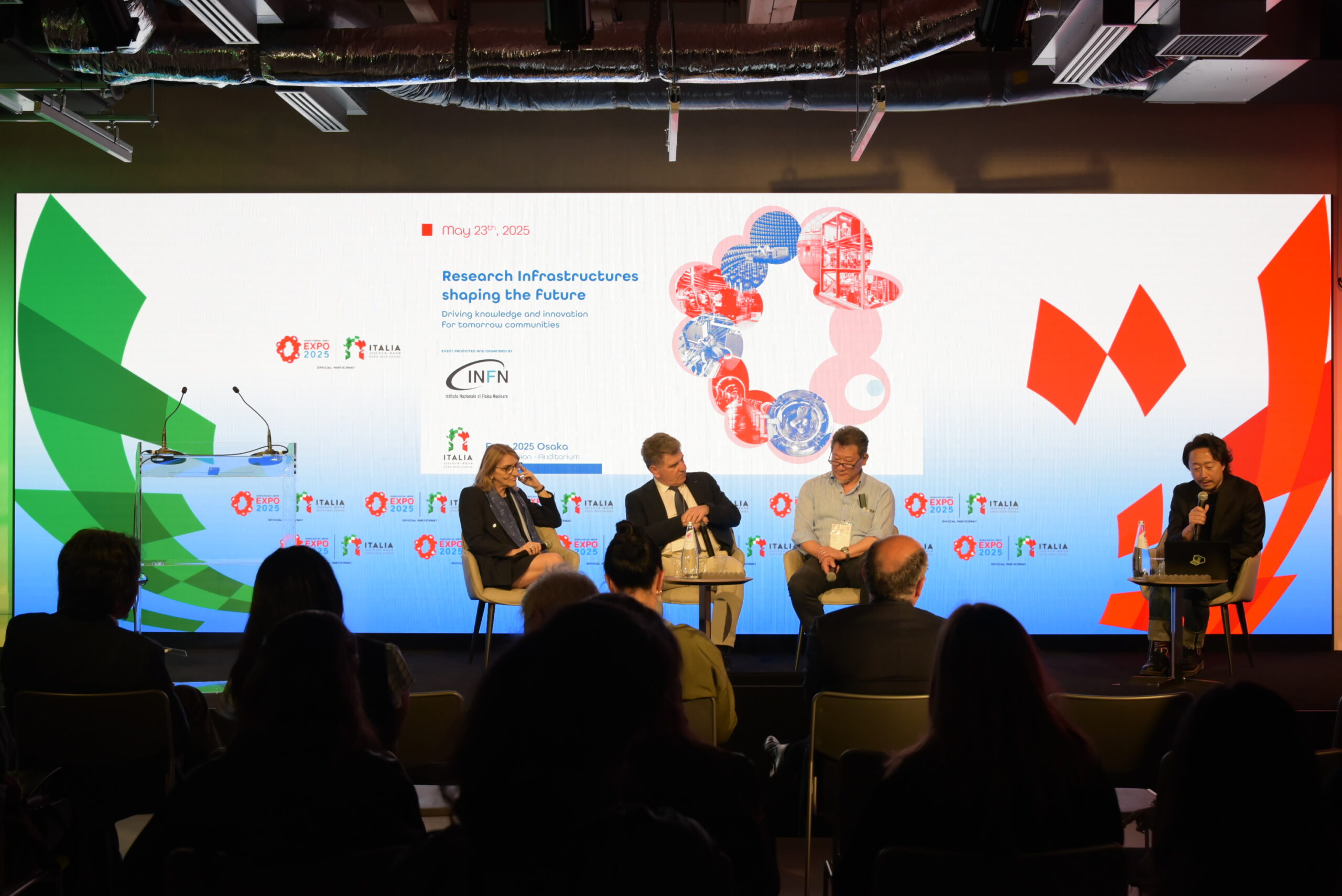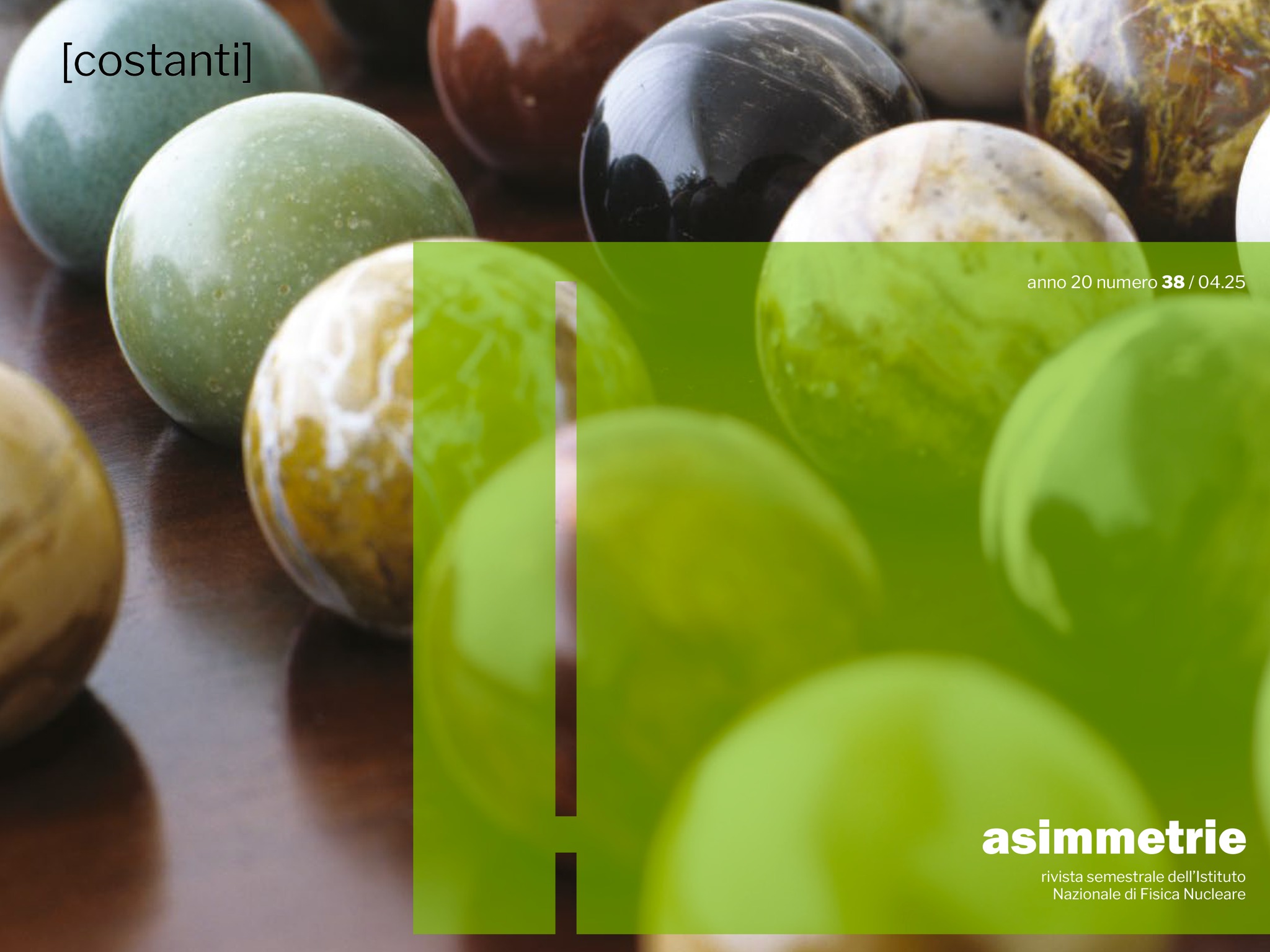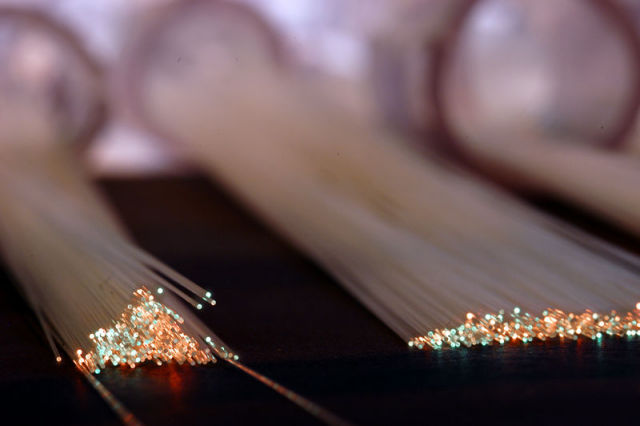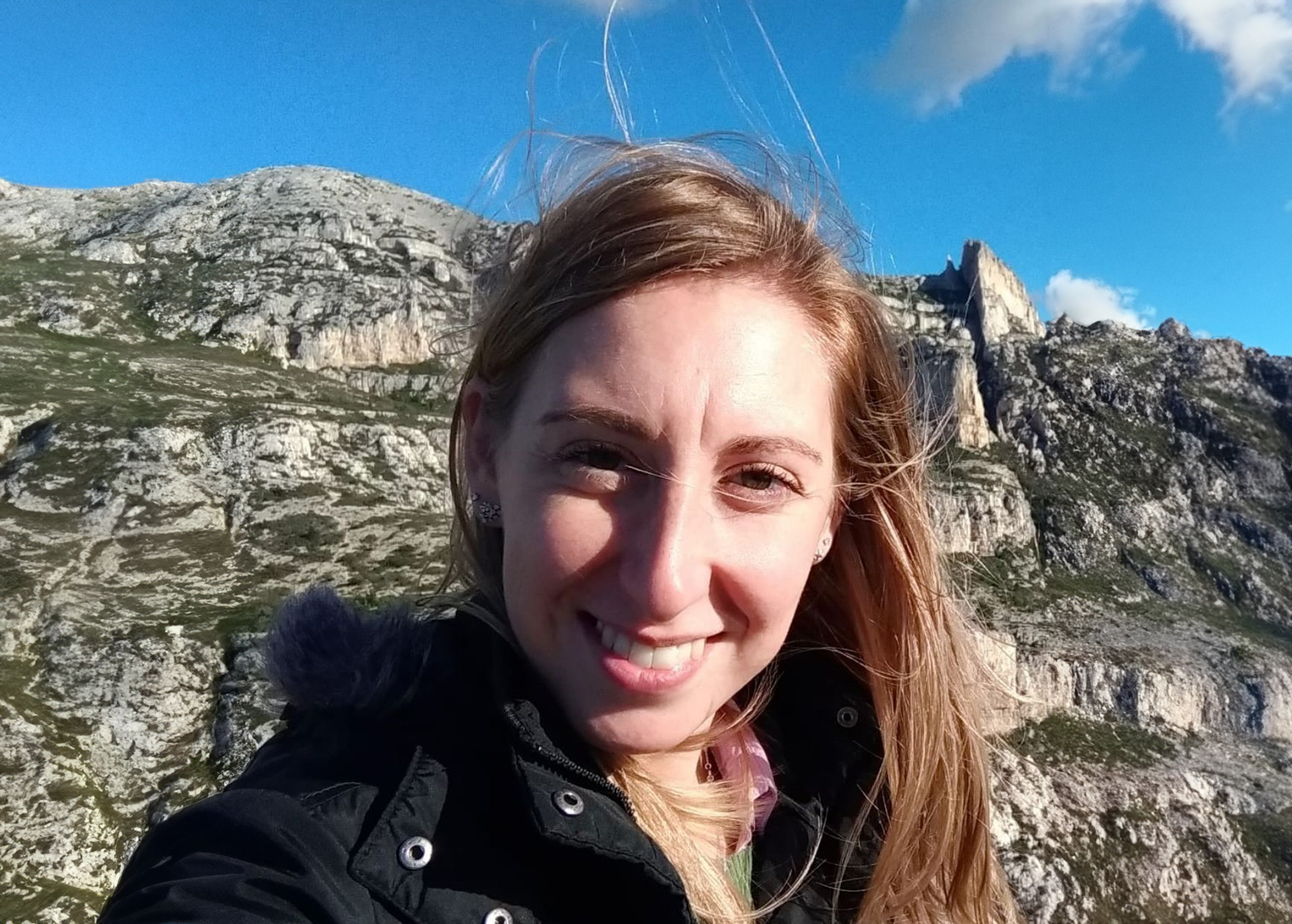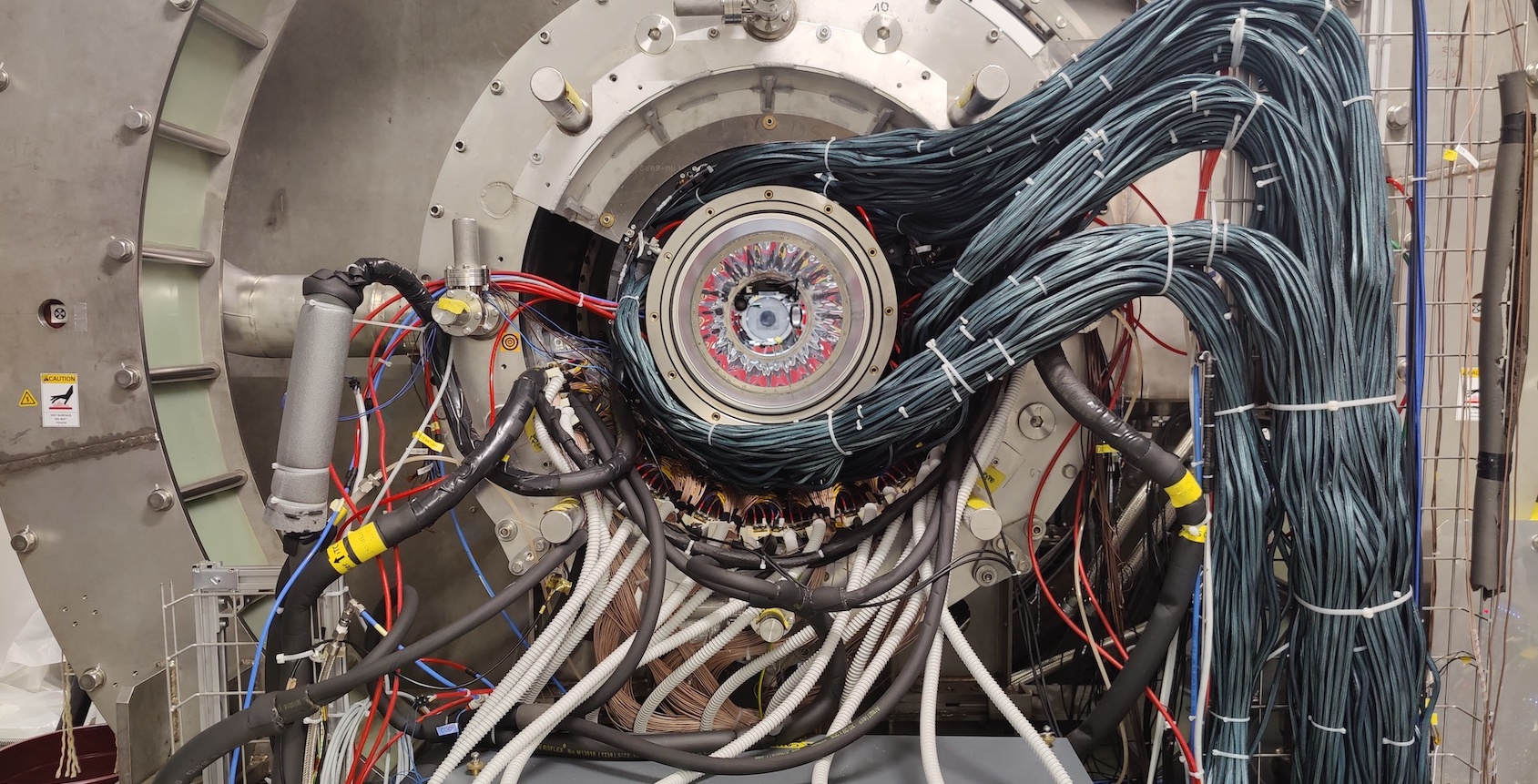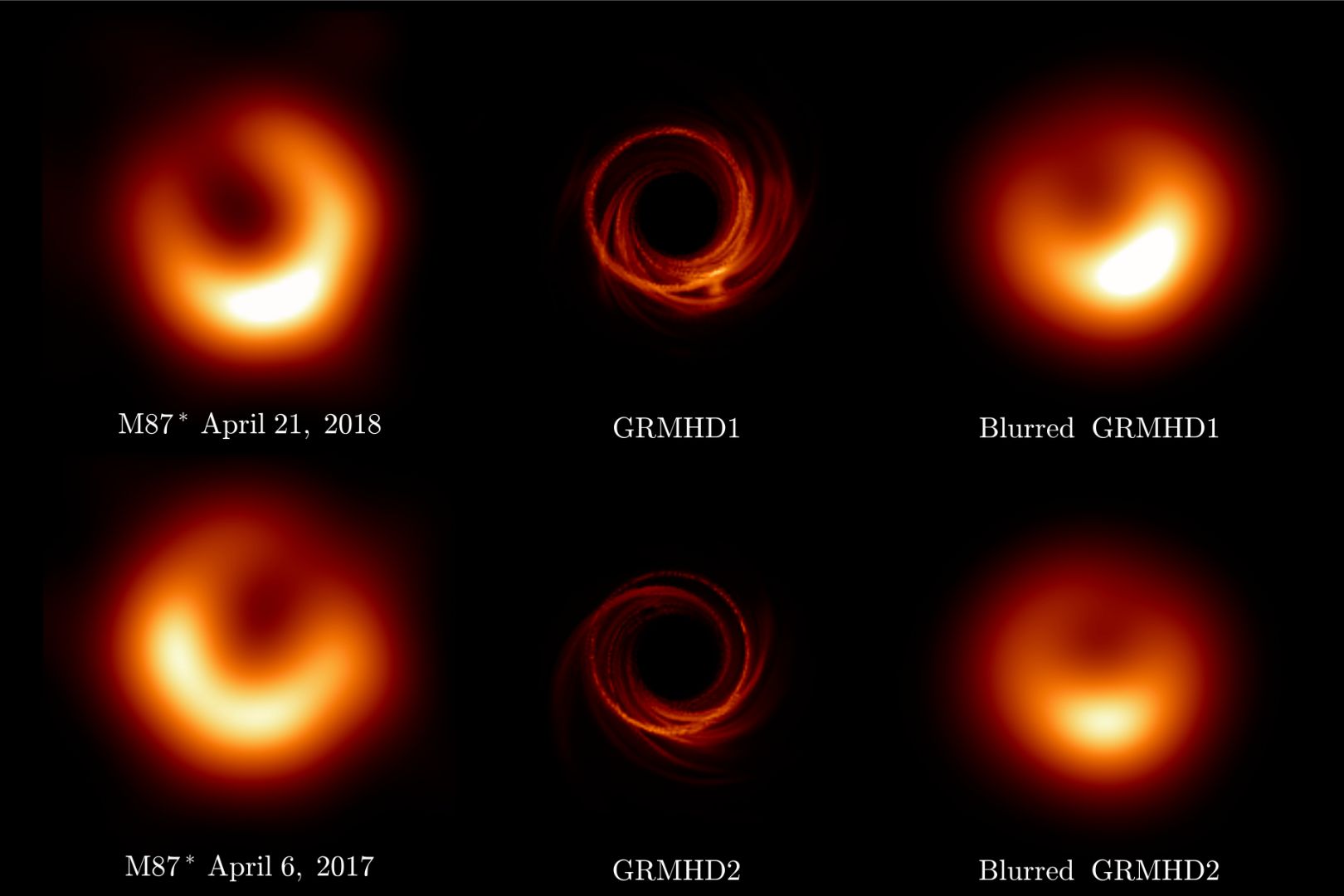Six years after the publication of the historic image of the supermassive black hole M87*, the first capturing a black hole, the Event Horizon Telescope (EHT) Collaboration unveils a new analysis of M87*. This analysis combines observations made in 2017 and 2018 and provides new insights into the structure and dynamics of the plasma near the edge of the black hole. In particular, the results, published in Astronomy & Astrophysics, confirm that the rotation axis of the black hole M87* points away from Earth, and demonstrate that turbulence within the accretion disk – the gas rotating around the black hole – plays an important role in shifting the peak brightness of the ring. The data analysis allowed us to accurately interpret the observations of 2017 and 2018, and to compile a library of about 120,000 simulation images that will open up new theoretical predictions on some of the most mysterious phenomena in the universe.

